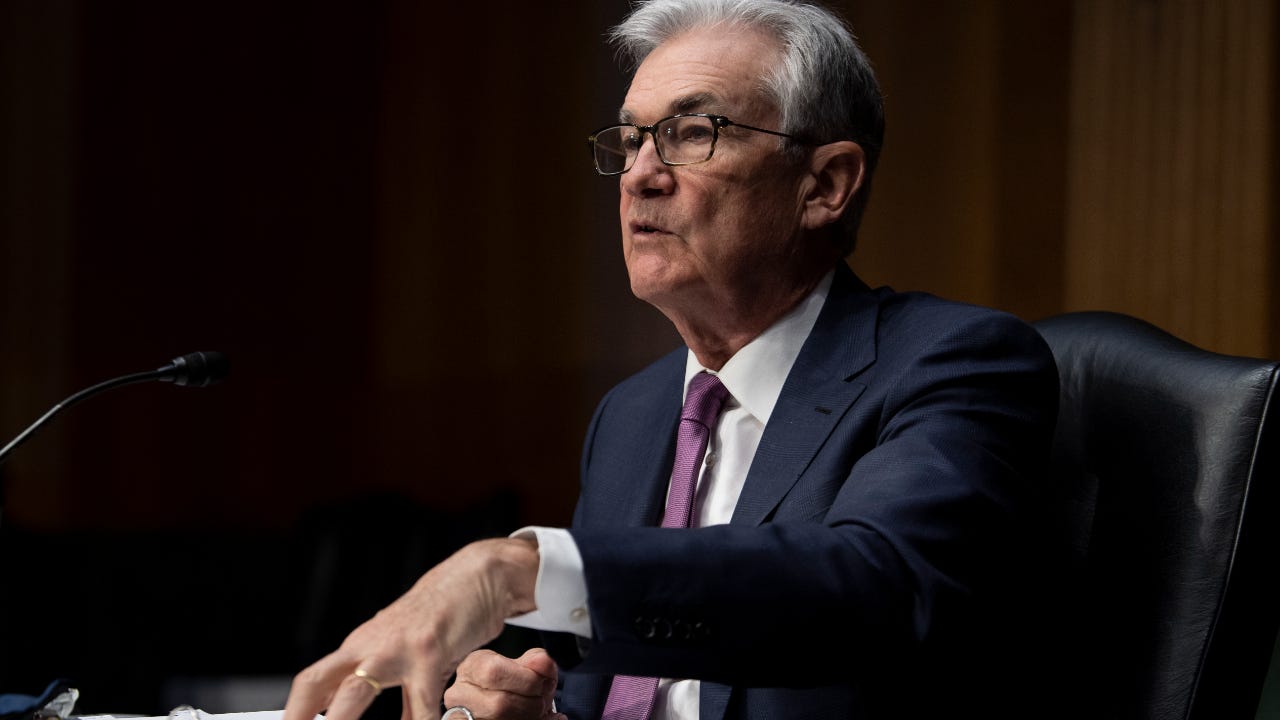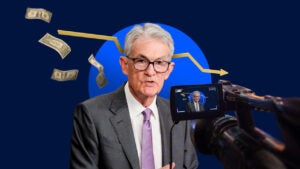Survey: Experts forecast Treasury yields to push even higher over next 12 months

Investment experts expect Treasury yields to continue their upward climb over the next year, as inflation remains elevated and the Federal Reserve increases interest rates, according to a new Bankrate survey. The First-Quarter Market Mavens survey showed that top pros expect the 10-year Treasury yield to rise to 2.4 percent from 2.01 percent at the end of the survey period on March 10, 2022.
Every analyst surveyed by Bankrate expects the 10-year rate to climb over the next 12 months, with forecasts ranging from 2.1 percent to 2.75 percent.
Opinions on inflation were more varied, with some analysts expecting inflation to moderate from its current levels, while others see it continuing to persist.
Forecasts and analysis:
This article is one in a series discussing the results of Bankrate’s Market Mavens first-quarter survey:
- Market analysts see stocks jumping more than 11 percent over the coming year
- Experts forecast Treasury yields to push even higher over next 12 months
- Pros say these investments are among the top hedges in battle against high inflation
- Best ways to invest $10,000 in 2022, according to experts
Experts see 10-year yield heading higher in the next year
The yield on the 10-year Treasury had spent the past two and a half years below 2 percent, as the Federal Reserve cut interest rates to help stimulate the economy during the COVID-19 pandemic. The 10-year yield bottomed in August 2020 and started climbing higher as the economic recovery strengthened. The yield finally ticked above 2 percent in February 2022 and experts expect rates to continue climbing higher over the next year.
Survey respondents see the 10-year Treasury yield reaching 2.4 percent by the end of the first quarter of 2023, above the 2.19 percent level they expected it to reach by the end of 2022.
The experts were surveyed before the Fed announced its first rate increase since 2018 on March 16. The increase was highly anticipated and the central bank says it sees six more hikes on the way during 2022.
The respondents’ estimates have ramped up in recent surveys, with expectations for the 10-year yield increasing from 1.86 percent in the third quarter 2021 survey, to 2.19 percent at the end of the year and now to 2.4 percent in the most recent forecast.
Is higher inflation here to stay?
Inflation has been on a tear since late last year, as economic demand booms and companies continue to struggle with supply-chain issues. Inflation reached 7.9 percent on an annual basis in February, the highest level in 40 years. But with the 10-year yield hovering around 2 percent, investors have been grappling with the question of whether high inflation is temporary or here to stay.
The experts surveyed by Bankrate had different views on this question, with some seeing inflation peaking soon and others thinking there’s more pain to come.
“I believe that inflation is likely to moderate as we move through 2022,” says Brian Price, senior vice president of investment management and research at Commonwealth. “Current CPI [consumer price index] readings have been shockingly high, but the Fed is acutely aware of this dynamic and will be acting accordingly with interest rate policy as we move forward.”
“Inflation should peak in the next few months but will remain relatively high over the intermediate-term,” says Joseph Kalish, chief global macro strategist at Ned Davis Research.
Analysts who believe inflation will still get worse also recommend avoiding bonds and other fixed-income investments that tend to underperform in inflationary periods.
“The consumer inflation rate is 7.5 percent. We don’t believe it has peaked,” says Patrick J. O’Hare, chief market analyst at Briefing.com. “In an inflationary environment, investors should have exposure to hard assets, like real estate and commodities, and avoid most bonds.”
“An investor should be overweight equities versus fixed income, have a broadly diversified portfolio including companies in the energy and materials sectors as we think inflation hasn’t peaked yet,” says Chris Zaccarelli, chief investment officer at Independent Advisor Alliance.
“The big issue investors need to acknowledge and manage is the historically large spread between the 10-year U.S. Treasury and inflation,” says Clark A. Kendall, CEO of Kendall Capital. “Today that spread is over 5 percent. Meaning for every dollar invested in a 10-year Treasury an investor will be limited to buying 95 percent of the goods and services a year from now that they were able to buy today.
Methodology
Bankrate’s first-quarter 2022 survey of stock market professionals was conducted from March 1-10 via an online poll. Survey requests were emailed to potential respondents nationwide, and responses were submitted voluntarily via a website. Responding were: Dec Mullarkey, managing director, SLC Management; Brad McMillan, chief investment officer, Commonwealth Financial Network; Brian Price, head of investment management, Commonwealth Financial Network; Jim Osman, chief vision officer, The Edge Group; Sean Bandazian, senior analyst, Cornerstone Wealth; Patrick J. O’Hare, chief market analyst, Briefing.com; Chris Zaccarelli, chief investment officer, Independent Advisor Alliance; Jeffrey Buchbinder, equity strategist, LPL Financial; James Iuorio, managing director, TJM Institutional Services; Robert A. Brusca, chief economist, FAO Economics; Joseph Kalish, chief global macro strategist, Ned Davis Research; Sam Stovall, chief investment strategist, CFRA Research; Chuck Carlson, CFA, CEO, Horizon Investment Services; Clark A. Kendall, president and CEO, Kendall Capital Management; Kenneth Chavis IV, CFP, senior wealth manager, LourdMurray; Kim Forrest, chief investment officer/founder, Bokeh Capital Partners.
Editorial Disclaimer: All investors are advised to conduct their own independent research into investment strategies before making an investment decision. In addition, investors are advised that past investment product performance is no guarantee of future price appreciation.
Why we ask for feedback Your feedback helps us improve our content and services. It takes less than a minute to complete.
Your responses are anonymous and will only be used for improving our website.






